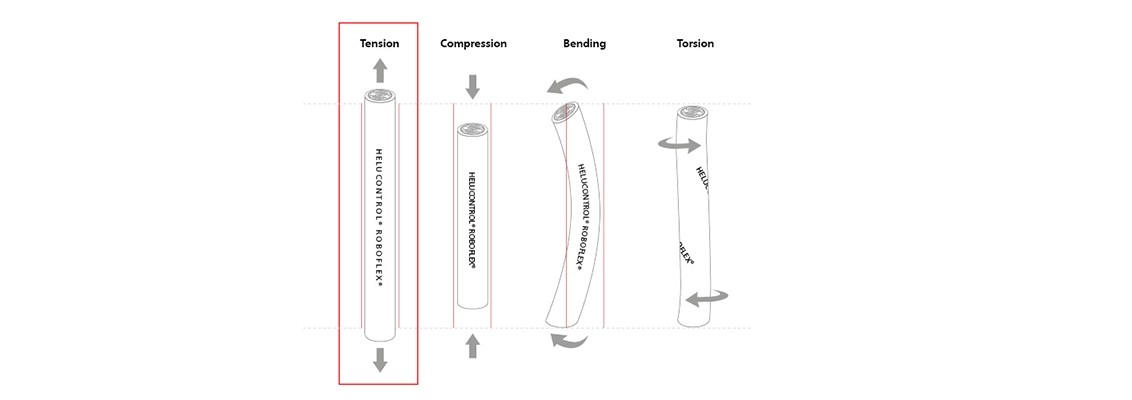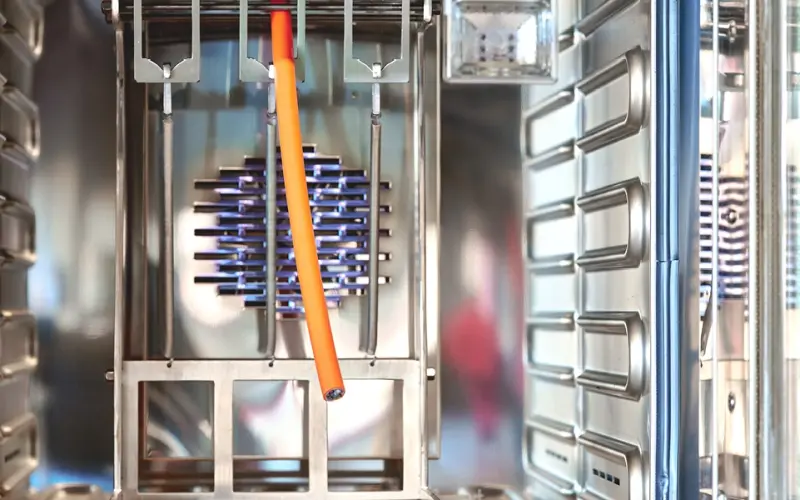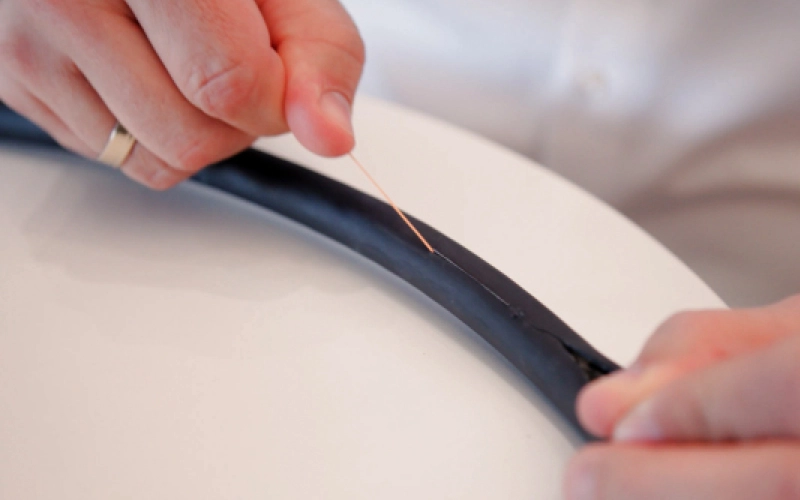How to Calculate the Tensile Strength of Cables and Wires!
Learn which formula you can use to determine the maximum permissible tensile load of permanently installed or moving cables and wires.

Whether you're pulling cables through ducts or installing them in drag chains or other moving applications, cables and wires are often subjected to tensile loads in industrial environments. Exceeding the maximum permissible tensile load just once can lead to irreparable damage to the cores, insulation layers, or the entire cable construction—which means expensive downtimes and risks to safety. To avoid this, it is important to correctly calculate the maximum permissible tensile load.
Fundamentals of calculating tensile strength
The maximum permissible tensile load of a cable depends largely on three factors:
- Cable construction and materials
- The diameters of copper conductors
- Operating conditions
Formula for Calculating Tensile Strength
For permanently installed cables with a concentric or stranded construction, the following formula should be used to calculate tensile strength:
Maximum tensile strength (Ftu) = 50 N x core count x cable cross section (in mm²)
Example: A cable with 4 cores and a cross section of 2.5 mm² has a maximum tensile strength of: Ftu = 50 N x 4 x 2.5 = 500 N
Depending on how the cable is installed, the following limiting values for tensile load apply:
- Permanently installed cables and wires: up to 50 N/mm²
- Moving applications (e.g., drag chains): significantly reduced tensile strength
(Data according to VDE 0298-3)
Even pre-assembled cables with plus often have a significantly reduced tensile strength, as the mechanical strength of the bonding and the plug must also be considered.
Tip from HELUKABEL: During installation, avoid sharp bending radii and high pulling speeds. Use auxiliary tools designed to assist in pulling and ensure you adhere to manufacturer recommendations pertaining to maximum tensile loads. If you're unsure, we are happy to assist you with application-specific calculations or advice.
Questions?
Our experts are here to assist you in selecting and engineering cables and wires suited to your application. We even design complete solutions consisting of drag chains, cables, and assemblies that are expertly coordinated to suit your specific application perfectly. Whether your application is static or dynamic, we are here to help you find the optimal connection solution.




